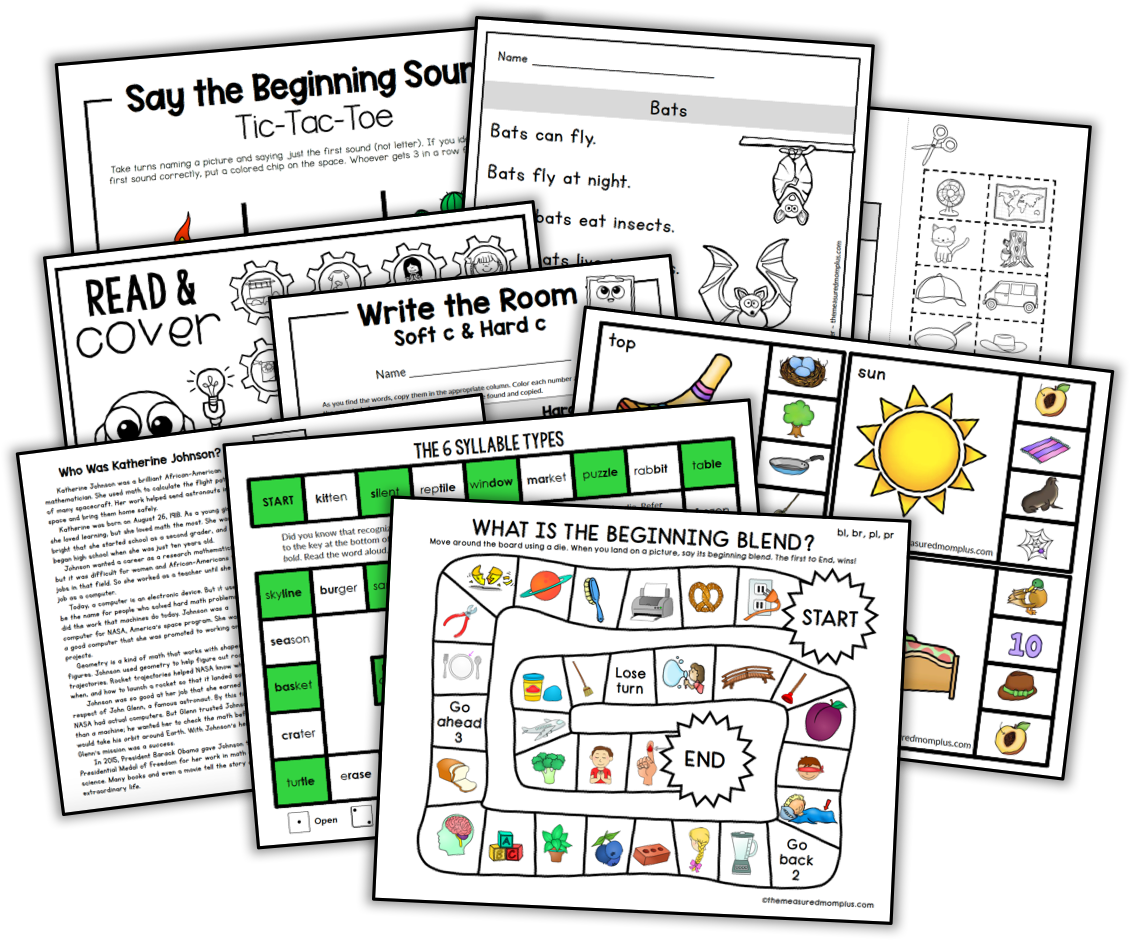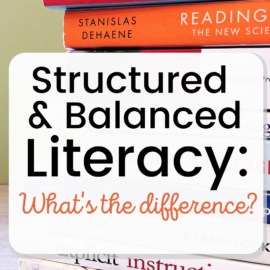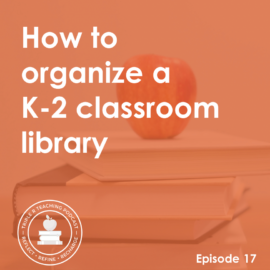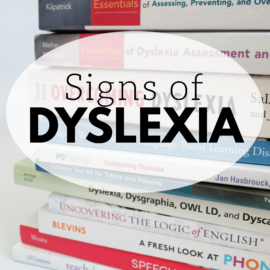Today I’m sharing a free reading comprehension passage – in a book!

These books come in two levels: one for grades 2/3 and one for grades 3/4.
Free reading comprehension activity for grades 2-4

Our last book was about Kenya. This one is about the Philippines.
When you print the book front to back (flipping on the short side), you can fold it and staple to make a book. Directions are in the download.

Before we began, I asked my Six (an advanced first grade reader) to read the headings.
- Geography
- Climate
- Agriculture
- Wildlife
- Daily Life
I explained what each word meant if he was unsure.

Next, he read the book out loud.
When he first began, he was reading in a mumbly, monotone voice, which he tends to do when he’s reading to me. Right away I reminded him to “read like a mountain,” which is something I’ve been teaching him to do when he does his after school reading.
When I tell him to “read like a mountain,” I mean to put ups and downs in his voice instead of reading in a single, boring tone.
This little reminder really helps him. It makes his reading sound much interesting and helps with comprehension, too!

Reading this book was a little more challenging than our last book, probably because it has many more foreign words. Reading a pronunciation guide is a great way to reinforce that phonics knowledge!

I reminded him to use the glossary when he wasn’t sure what a bold print word meant.

Finally, it was time to answer the questions.
He started to mark that an archipelago is a volcano, so I reminded him to find that word in the book to double check his answer.
I noticed that he’s learning to use the headings to quickly locate information. Love those text features!
He did well on all the questions, until he got to the last one.

Question 5: What are two ways your life would be different if you lived in the Philippines?
He wrote, “You only have 5 desserts.”
Oops! I stopped him and helped him see why this answer was incorrect. This last question was hard because it wasn’t a “right there” question. My Six couldn’t just find the answer in the text; he had to combine what he knows about his own life with information from the text.
I prompted him by saying, “What would be different about your life if you lived in the Philippines? Let’s look again.” With some help from me, he wrote some good answers.
After we finished the activity he asked to do read and complete two other books that I’ve prepared but haven’t shared online yet. (They were about Jamaica and the Netherlands.)
He read each book and answered the questions correctly, all on his own – yay!
Then … he wanted to write his own book – “If You Lived in Wisconsin.” He started that on my computer while I was fixing dinner. 🙂
Considering that my Six would rather make a toy gun than sit down and read a book – I definitely call this a win!

Get your free reading comprehension reader!
BUILD COMPREHENSION WITH OUR RESPONSE PACK!

$18.00
Help your readers find chapter books they’ll love with these themed book lists. Then use the 75 reading response sheets to help them make sense of what they read. The response sheets focus on character, setting, plot, and vocabulary.





Mia
This looks fun! But just to add though, as a Filipino living in the Philippines. Our clothes nowadays are no different than what people in North America wear on a daily basis (except of course, we rarely or almost never wear heavy clothing unless you live in the far north of the Philippines). Women don’t basically wear the “Baro’t Saya” anymore too (that is like wearing an Folk Clothing). Me or even my mother don’t even own one. 🙂
What Filipino women would endear to have would be a “Terno” which is a Filipiniana formal dress. A “terno” is a “Kimono” to a Filipina.
Also, proper pronunciation for these words are:
– Ginataan (not Ginatan) – “gee-nah-tah-ahn”
– Maruya – “mah-roo-yah”
– Sorbetes – “sour-beh-tezh”
Btw, I love how your son answered that he’ll have 5 desserts if he lived in the Philippines. Because I agree with him! We love to eat and we eat at least 5 meals a day. Just today, I almos had 5 desserts of Pistachio Sorbetes, Turon (like a lumpia with banana and jackfruit), and a Mcdonald’s Sundae . 😀 haha!
Thanks for sharing about the Philippines!
Anna Geiger
Thank you so much for all this useful feedback!
Subah Vohra
Wow , in love with all your resources thank you so much ? Downloaded for my 4 yr old , he is loving it . The best part is it is fun n play while learning
I can’t thank you enough
God bless you
Anna Geiger
You’re very welcome, Subah! 🙂
Angelia Gadson
Thank you so much for all you do. I really enjoy all your work you do. I try to help kid to get a good start and this really help. Thank you again.
Anna Geiger
You’re very welcome, Angelia!
Esther
Hi Anna! Thanks so much for this resource. I’m a long-time subscriber to your blog and I use a lot of your printables to homeschool my twice exceptional 3-year old. Thank the Lord for you!
Thank you also for featuring my country, the Philippines, in this reading comprehension activity. You got most of the facts spot on. I just have some comments. Sorbetes is pronounced as is – sor-beh-tes. Baseball is not really a popular sport here. Soccer or football is more popular but you are absolutely correct with basketball! Street games such as patintero, taguan and piko (a game like hopscotch) used to be popular with kids until the advent of the Internet. Nowadays, we rarely see kids playing these games on the streets. We actually taught the kids some of these street games in Sunday School just so they know their roots.
About the desserts, you forgot about the most popular one – halo-halo! = D Most foreigners I meet ask about halo-halo the first time they come here. And for the animals, don’t forget about the Philippine Monkey Eating Eagle. Maybe if you will make a book 2, you can add these fun facts too! Haha! The baro’t saya is worn during programs and special occasions. A fancier version is the Maria Clara gown which is worn during weddings and other formal occasions. You’re right with the shirt and jeans/shorts/skirt thing. It is super hot here especially now that it’s summer. We only have dry and wet seasons. Another reason why the rains are such a problem is the flooding. In some areas, the waters rise quickly. It happens even here in Manila. But, we are thankful for the rain.
Thanks again for this awesome resource! I already downloaded it to be used tomorrow for our Civics class. I’m sure my son will enjoy reading it!
Anna Geiger
Thanks for all that feedback, Esther! A lot of times I am limited to what I include because of the clip art I can get. I really wanted to include the monkey eating eagle – so interesting! But I couldn’t find a picture. I might make some edits to this eventually, and I’ll be sure to return to your comments when I do. Thanks again!
Malika Anwar
hello Anna
The materials are very rich and interesting. Thanks a lot for the help I get from your resources.
God Bless you.
Anna Geiger
You’re very welcome, Malika!
Carolyn
I was soooooo waiting for this second reader to come out!
Thanks so much! Really love these!
Anna Geiger
Yay – hope you enjoy it, Carolyn!
Carolyn
So far I’ve only got two of these (Philippines and Kenya), will you be making more?